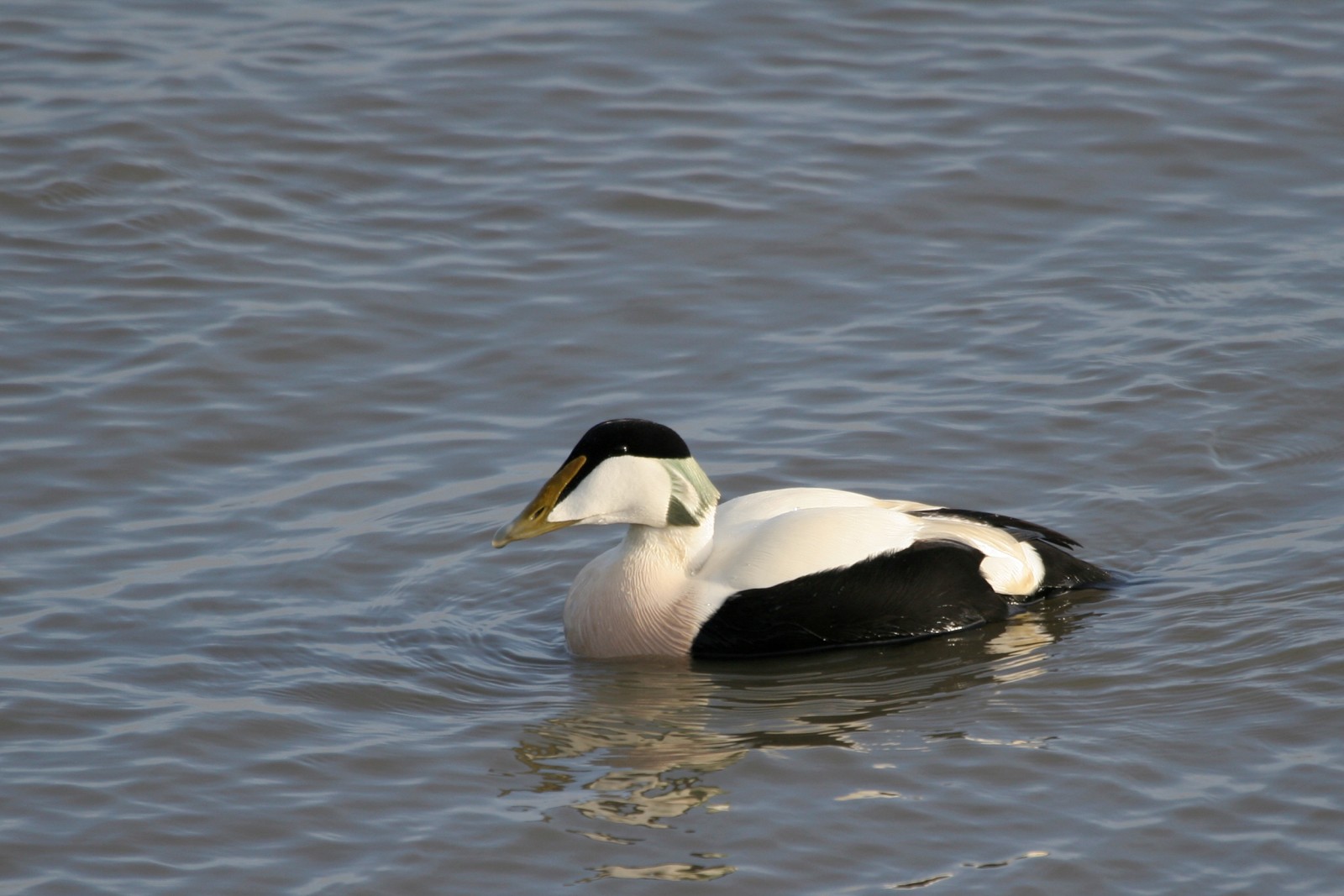Opis
Hodbarrow is mostly level, but the artificial lagoon provides sheltered water for birds year round, including edredon and szlachar , among the more common species. The RSPB have constructed a protected area (viewed from a hide) where rybitwa białoczelna and others breed or roost. At low tide, the sea wall that forms the lagoon gives views over Morecambe Bay, where waders feed.
There's also natural beach to the east of the reserve, with potential for waders and areas of scrub and grassland for landbirds.
Szczegóły
Dostęp
Hodbarrow reserve is south of Millom, accessed by a road that degenerates into potholed track, with a small informal parking area. Vehicular access onto the reserve is not permitted. The main track leads to the reseve's central grassland, so keep to the right if you wish to view the lagoon. The main sea wall gives easy access to the hide (about 1 mile from the carpark) and views over the lagoon and Morecambe Bay. There's also a shorter sea wall or jetty with good views but this requires a scramble.
Millom is on the Cumbria Coast railway line and it's about a mile from the station to the carpark. Within the reserve, most paths are level, with potholes.
Teren i siedlisko
Las , Równina , Jezioro , Plaża , Błota , Rzadkie drzewa i krzewy , Łąka , MorzeWarunki
Płaski , Brak cienia , Otwarty krajobraz , Możliwy wysoki poziom wodyTrasa dookoła
TakCzy luneta będzie przydatna ?
TakUdany sezon obserwacyjny
Przez cały rokNajlepszy czas na wizytę
Zima , WiosnaTrasa
Szeroka ścieżka , Droga nieutwardzona , Wąski szlakPoziom trudności szlaku pieszego
ŁatwyDostępne
Pieszo , Rower , Wózek inwalidzkiCzatownia/platforma obserwacyjna
TakDodatkowe informacje
Try to visit when the tide is low or on the rise, for best sightings on the bay. The reserve is also used by walkers and dogwalkers. There are no toilets nor refreshment facilities; the only shelter is the hide and the site is exposed to the weather.
There are relics of earlier mining activity which add interest to a visit, including a tower which is a useful landmark when navigating the area.



